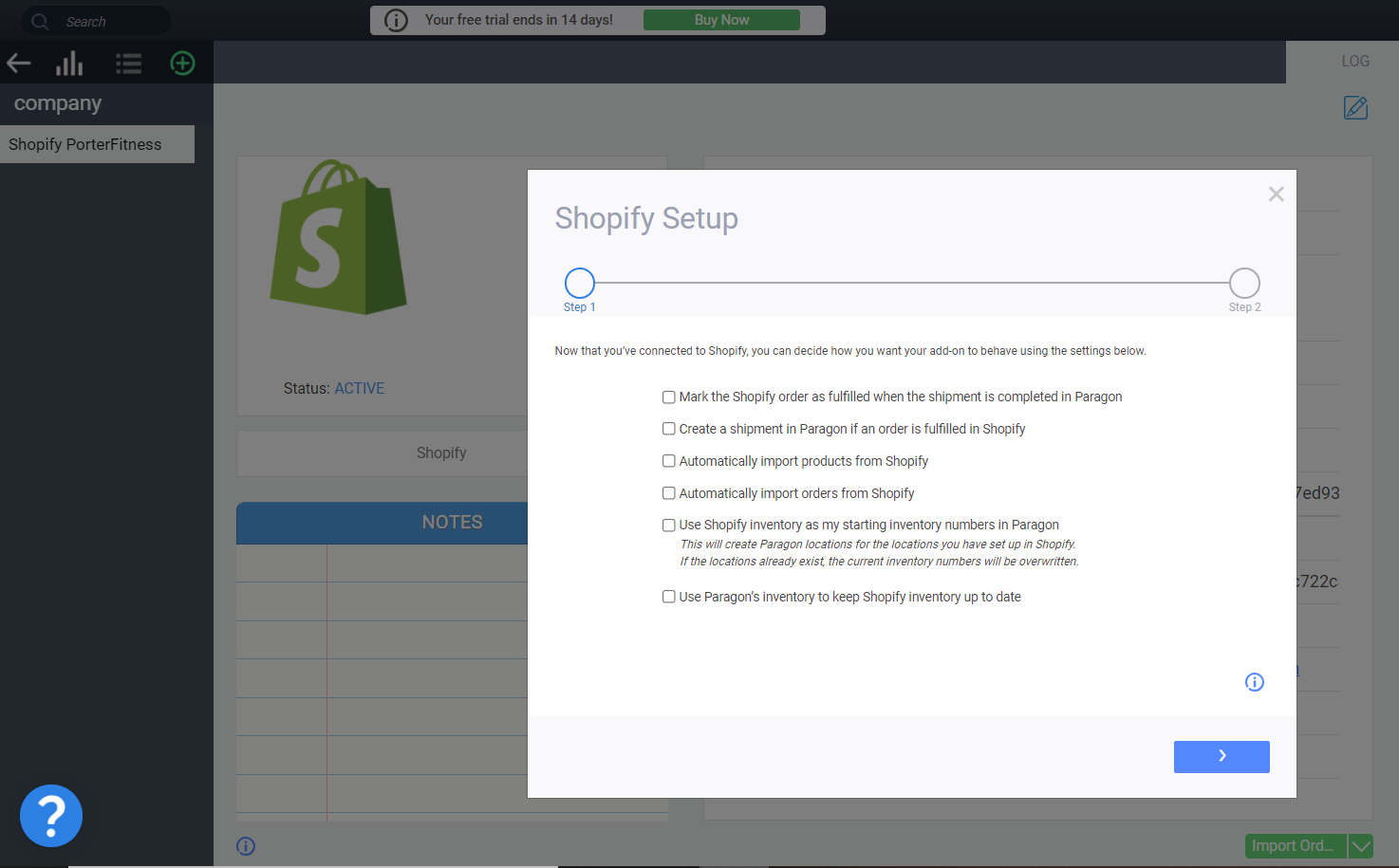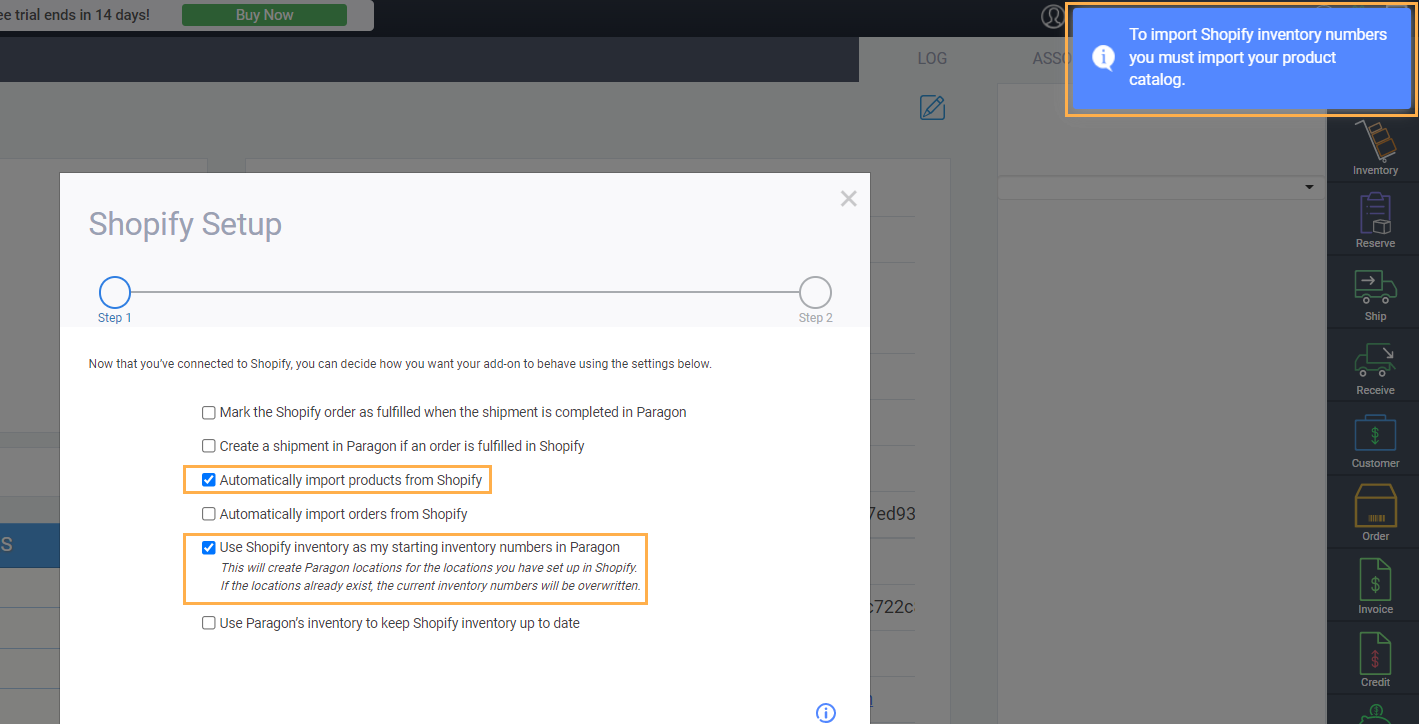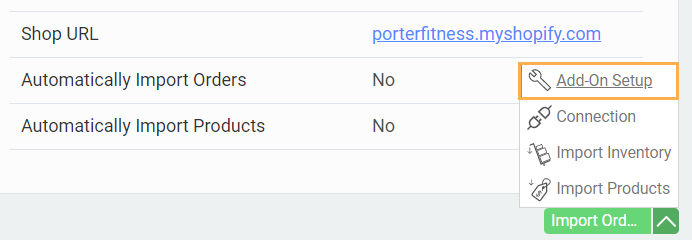Connecting and disconnecting the Shopify integration
Introduction
Create an app in Shopify
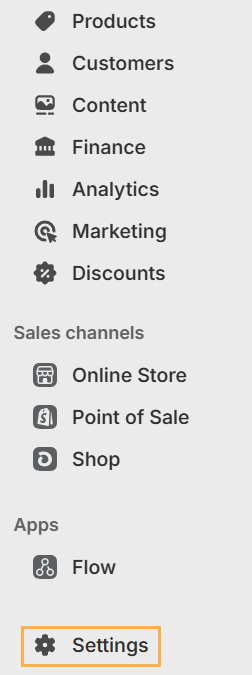
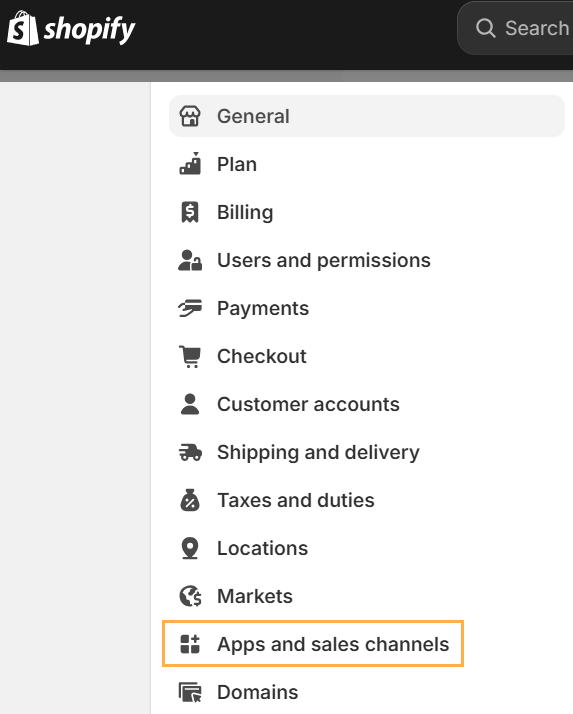
Click develop apps

If you already have apps in Shopify, they will be listed here. To create a new one, click the create an app button.

Configure the app in Shopify


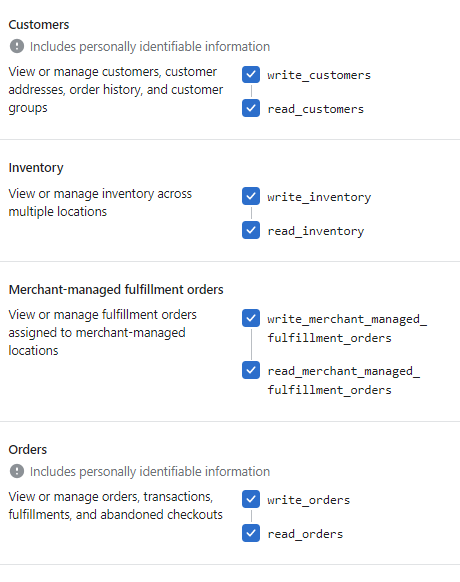
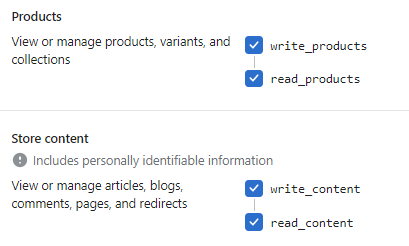
Your admin api integration screen should look like this (switch tabs - select the overview tab, for example - and return to the configuration tab to see this screen).

Now, click the API credentials tab and click install app.



Be careful, you will be able to see the admin API access token only once! When you leave this screen and go back, the field will be grayed out, so please take note of it. You will also need this token again if you have disconnected the integration and would like to reconnect.
Connecting the Shopify integration
Log into your Paragon system and click the settings cog at the top right corner of the screen.
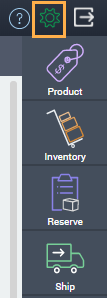
In the settings screen, go to the add ons system card and click Shopify.

Here you will see the Shopify summary screen and you will see the connection option on the action button. No other actions will be available. Click connection to get started!
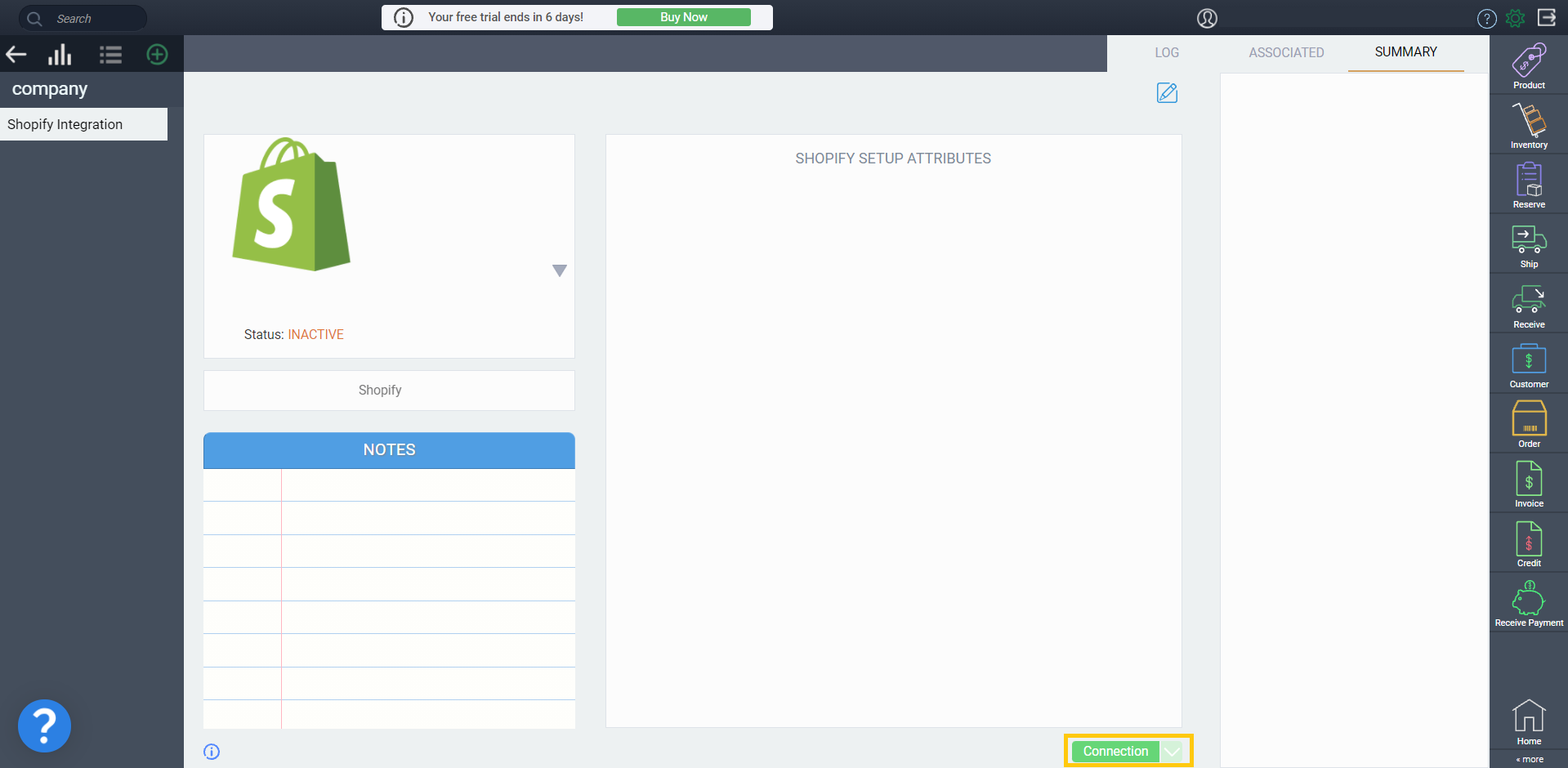
Enter your Shopify Shop URL by copying and pasting your shop name as shown in the URL - the rest will be filled out for you.
Next, copy and paste the API key along with the admin API access token of the app you just made in Shopify.
The Shop URL refers to your standard Shopify URL, NOT the example URL from the API setup.
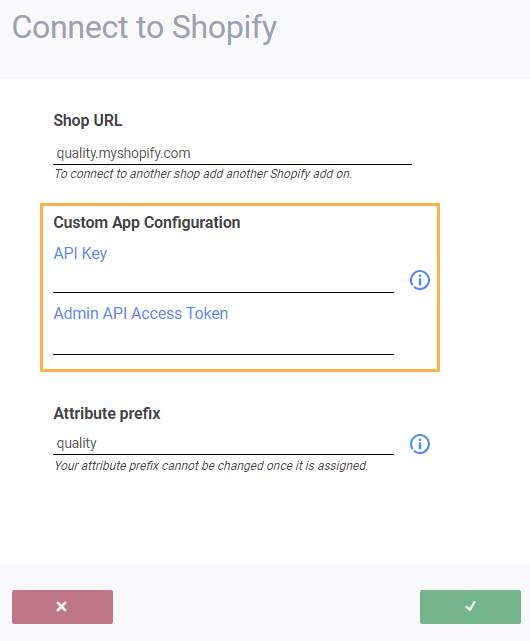
By default, we set the attribute prefix to be your shop name in Shopify. This is the prefix that will precede any of your Shopify products from this shop. If you like, you can change it here before continuing, as it cannot be changed later.
After you click accept, you will then be returned to the Shopify integration screen to see the Shopify shop you connected to your system listed to the left, under company. The status of the integration will also show as active. A modal will appear that allows you to select and apply the settings you want.
Shopify setup modal
- Use shipments to fulfill orders: if a shipment that is linked to an imported order from Shopify is completed, the original order in Shopify will be marked as fulfilled.
- Automatically import products: if a new product is created in Shopify, it will be imported into Paragon automatically without having to use the product import action button.
- Automatically import orders: if a new order is created in Shopify, it will be imported into Paragon automatically without having to use the order import action button.
- Use Shopify inventory as my starting inventory numbers in Paragon: if you choose to turn on this setting, an initial import of inventory numbers will be done for your Shopify product catalog. It will also create locations that will correspond to the locations that you have set up in Shopify, allowing you to easily manage your inventory from within Paragon. However, this is only an initial inventory import. If you want to pull inventory from Shopify again, you can use the inventory action button.
- Use Paragon's inventory to keep Shopify inventory up to date: if you decide to use Paragon as your source of truth for your inventory numbers, turn on this setting. Any change to the inventory in Paragon of an imported Shopify product will also update Shopify inventory.
If you decide to use Paragon inventory to keep Shopify inventory up to date but don't import your starting inventory from Shopify, Shopify's inventory will be overwritten and cleared. We recommend turning on both if you want to use Paragon as your source of truth.
Because inventory import relies on the products themselves being imported, you cannot turn on either of the inventory settings without also enabling automatic import of products. If you try to do so, you will see a blue notification and the product import switch will be checked off for you.
On accept, if the product checkbox is not checked but either of the inventory checkboxes are, the same toaster will appear in red.
If you decide to cancel you will see a toaster telling you the settings were not saved.
You will need to return to the settings modal by clicking add-on setup from the action button list.
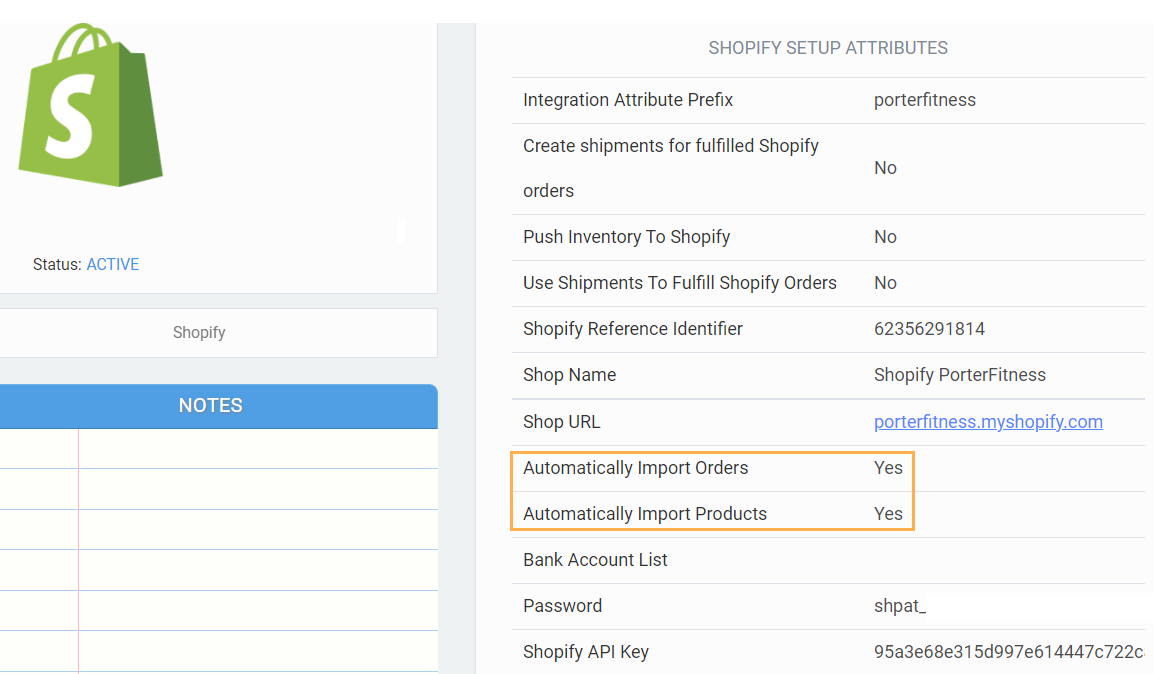

Disconnecting the Shopify integration

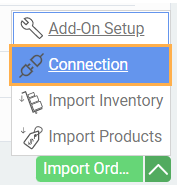
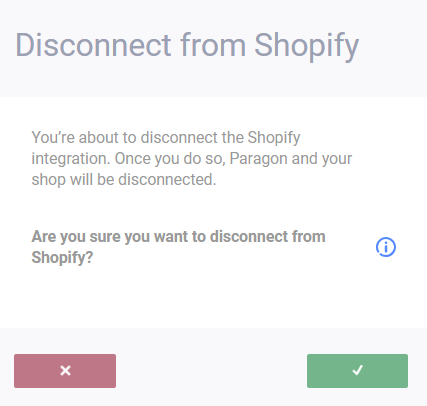
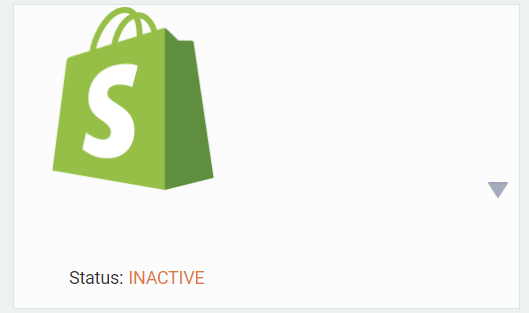
![paragon logo-1.png]](https://support.paragon-erp.com/hs-fs/hubfs/paragon%20logo-1.png?height=50&name=paragon%20logo-1.png)
